How to Bake With More Booze, 'Cause Life Is Short
Alcohol has its time and place. Most of former are with friends (although a solo wine night is dreamy), and most of the latter are in a glass or, occasionally, a saucepan. Yet while imbibing spirits and cooking with...
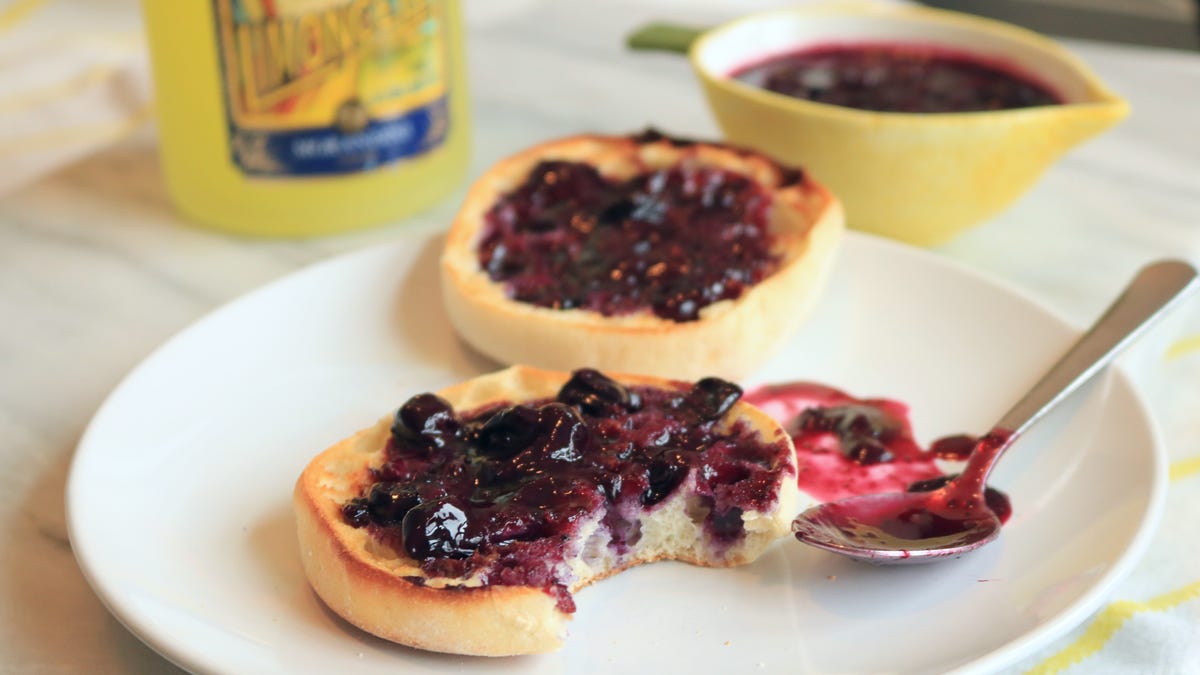

Photo: Allie Chanthorn Reinmann
Alcohol has its time and place. Most of former are with friends (although a solo wine night is dreamy), and most of the latter are in a glass or, occasionally, a saucepan. Yet while imbibing spirits and cooking with a splash of wine are wonderfully traditional, baking with booze doesn’t get enough attention. This is not new territory, exactly—plenty of recipes call for a tipple—but when you’re experimenting with your own bakes, it’s critical to know the right moments to add alcohol, and to understand how much you can use before you cross from flavorful nuance to just nasty. Toss those glasses aside (gently) and pick up your whisks, because these baking tips will inspire you to uncork.
Pour it into the batter
The most straightforward way to bake with a flavorful alcohol is to mix it directly into the batter. This technique will lead to a subtler alcohol flavor in the finished product, because a percentage of the alcohol will evaporate during cooking. Additionally, because batters vary in consistency, and alcohol varies in ABV (beers are the most subtle), the amount of booze you add will largely depend on the amount of batter you’re working with and how much alcohol you want to taste.
If your recipe calls for beer, try one with rich flavors, like this Guinness Dutch Baby. For potent liquors, pair up complementary flavors like they do in this Double Chocolate Whiskey Cake from Laughing Spatula. As a guideline for mixing alcohol straight into thicker batters like cake or brownies, you want around twice as much flour as total liquid, as too much additional wetness can change the texture and density of a batter. If you’re experimenting with an old favorite chocolate cake recipe that doesn’t usually have whiskey in it, you’ll want to replace some of the milk (or hot water, or whatever) with your desired amount of spirits. Simply adding a splash of whiskey probably won’t alter the texture too much, but if you’re looking to catch unmistakeable notes of whiskey in every bite, adjust other liquids accordingly.
The after-soak
Many traditional dessert recipes employ this method for delicious, potent flavors and, historically, soaking a cake in rum or brandy was one of the best ways to prevent spoiling. If the holiday spirit strikes you, a Christmas fruit cake is a classic (honestly, you’ll be right on time if you start soaking it now
).
But for you Christmas pud’ haters, you don’t have to make a fruit cake to reap all the benefits of this technique. Make a simple syrup and, once it’s cool, stir in your spirit of choice—
about two tablespoons of alcohol per cup of simple syrup. That’s it—y
ou’re ready to soak. B
rush (or use a squeeze bottle) to apply
the
syrup to cake layers before adding
frosting. Stable cakes will accept more of the syrup than delicate cakes. If you notice the syrup pooling for more than 30 seconds, or if the cake starts becoming pasty on your pastry brush, it has
reached capacity.
For smaller cookies or cakes, dip the tasty treat into a bowl of the boozy soak, similar to the preparation of Tiramisu. Be sure not to linger; dunk your cake
quickly to avoid over-soaking it
and,
subsequently, makin
g it fall
apart.
Alcoholic accouterments
Spiking the accessories to a dessert is another tasty strategy for adding alcohol. Plus, if you forgot the liquor in the other two methods, this is a dependable plan C. This technique only works if the dessert has at least one other component, but assuming it does, there are several options. Most buttercreams and icing recipes contain a small amount of liquid, and you can substitute some or all of it with alcohol. For recipes that do not have liquid, such as Swiss meringue or Italian meringue buttercream, you can still add up to a third of a cup of liquid per four cups of frosting without breaking the emulsion.
Whipped or pastry cream is also a great place to add spirits. With whipped cream, use a light hand—one tablespoon might be all it can take before it loses shape. Pastry cream is more stable, containing butter and thickeners, so it can handle a bit more and still set in the fridge. Always add alcohol (and this goes for extracts too) after the pastry cream comes off the heat. This leads to less evaporation and prevents some flavors from becoming bitter.
You can also make a spiked fruit compote for your dessert. Not only are there endless brilliant fruit-alcohol flavor combinations, but compote is basically a health food! Thickened fruit compotes make excellent fillings for cakes, pies, or fruit crumble bars. They’re also incredible as toppings—think ice cream, pancakes, and waffles. Prepare the fruit compote as usual and, after the mixture has cooled and thickened, stir in one or two tablespoons of booze per cup of finished compote.
As with tweaking any recipe, if you’re experimenting with adding booze, use your judgment and add a small amount first. Incorporate well and taste the concoction to decide if you’d like more kick.
In the spirit of longer days and warmer rays, try this blueberry limoncello compote recipe over pancakes, pistachio gelato or served on a slice of pound cake.
Blueberry Limoncello Compote
Ingredients:
1 pint fresh blueberries¼ cup water2 tablespoons sugar2 tablespoons cold water 1 teaspoon cornstarch 2 oz limoncelloSimmer blueberries, water, and sugar in a small pot for about seven minutes, stirring semi-frequently.
Mix the cold water and cornstarch together in a small bowl. As the mixture is bubbling, pour in the cornstarch mixture while stirring (this will prevent lumps). Continue stirring as the mixture thickens and returns to a boil. Turn off the heat and let the mixture cool completely.
Stir in the limoncello until completely incorporated.

 UsenB
UsenB 







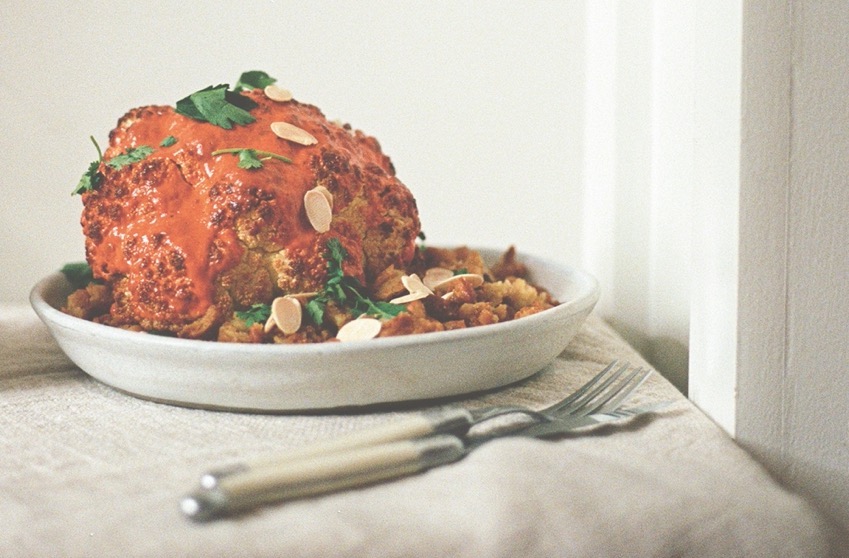




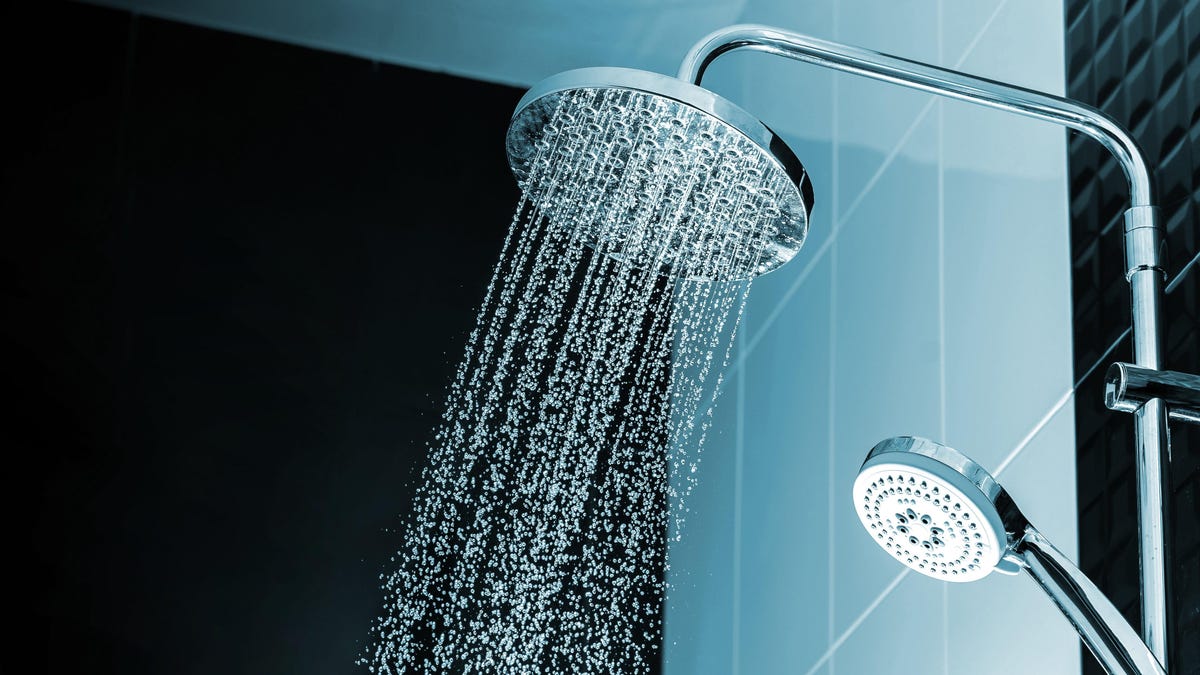










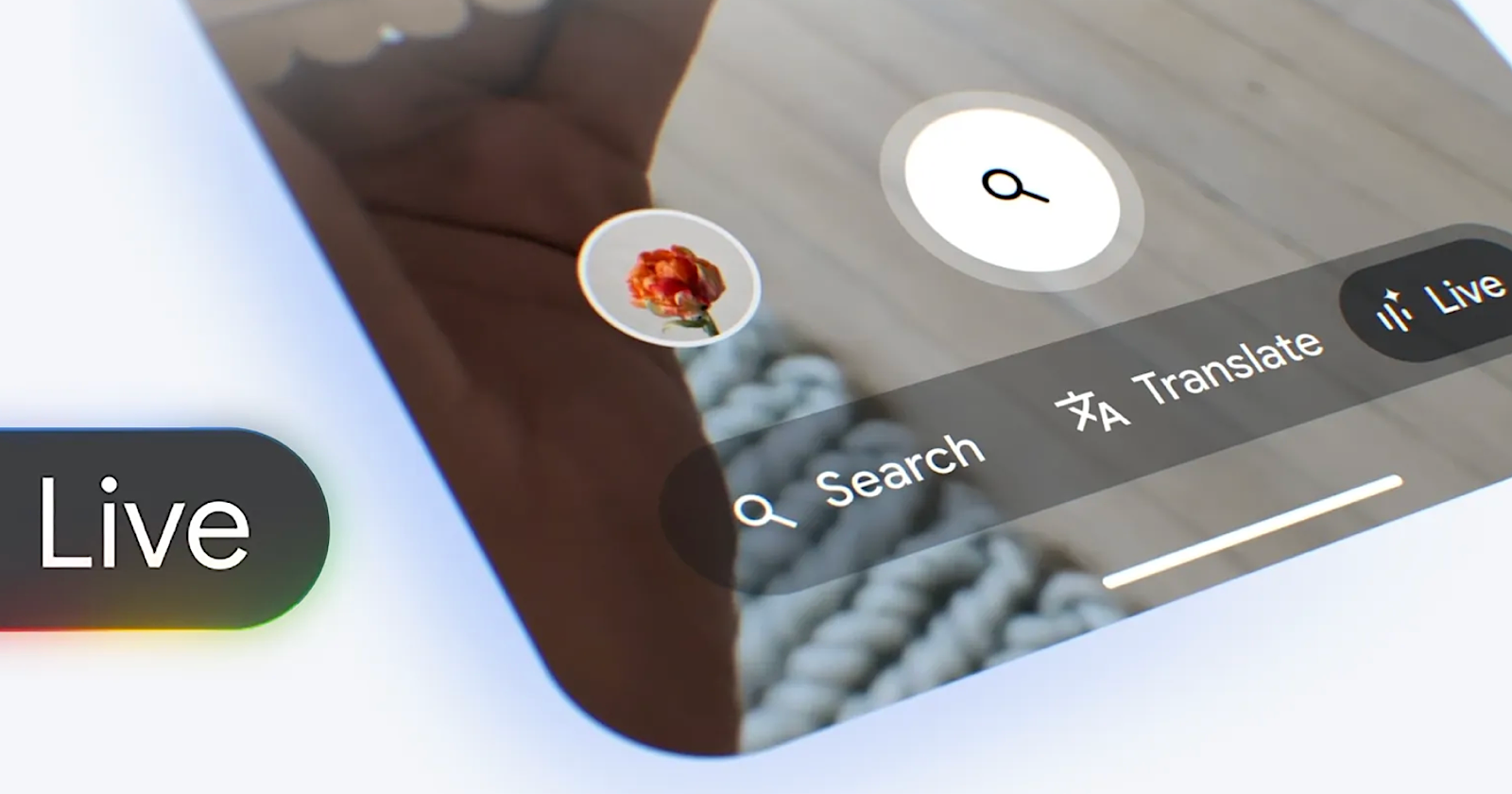


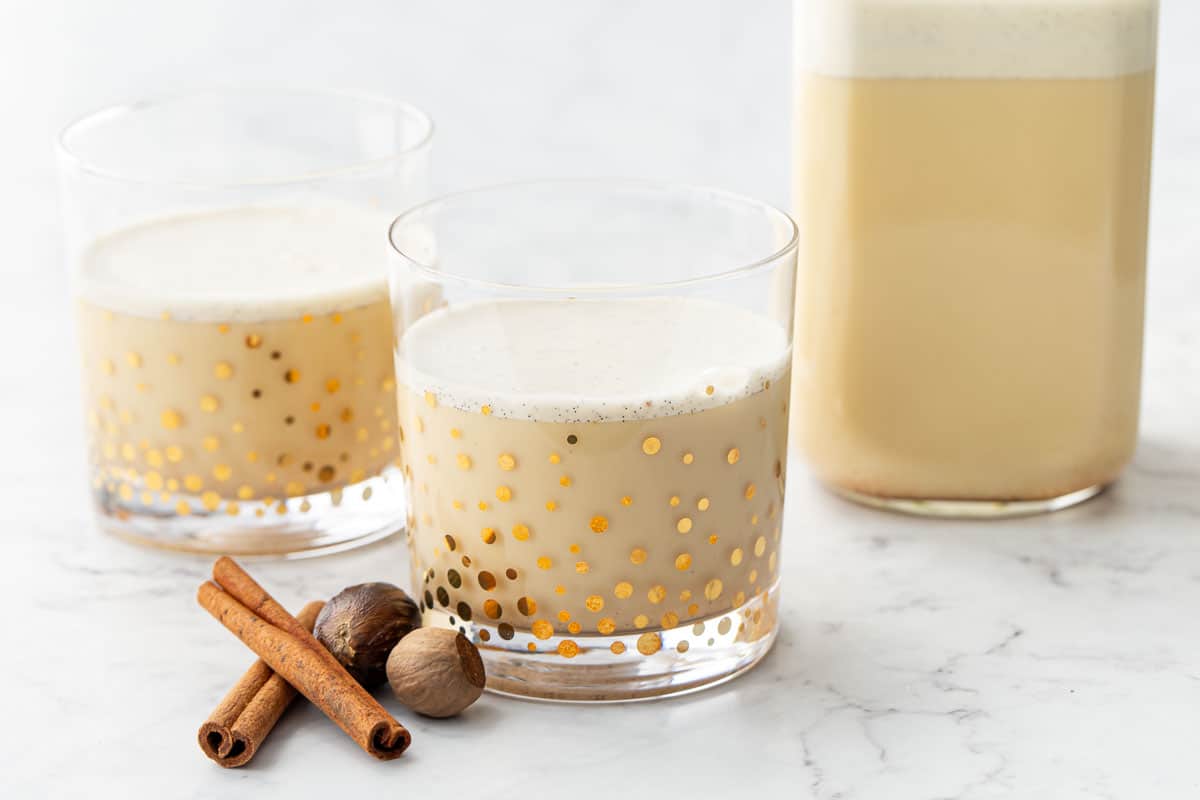

.jpg&h=630&w=1200&q=100&v=6e07dc5773&c=1)



